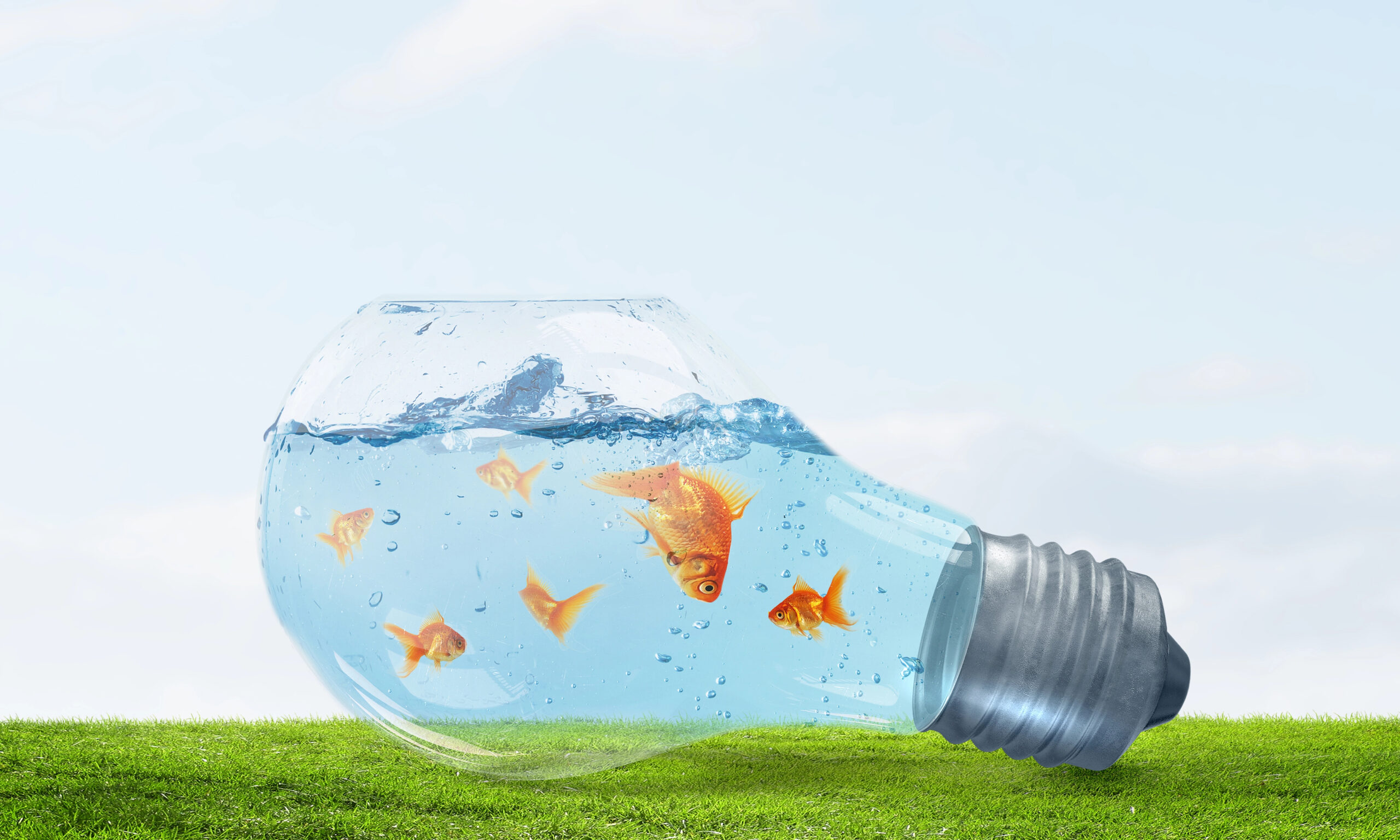Overcoming Challenges in Development
Developing the E Squared Flexiliner FG was not without its hurdles. Sharon Mak, our General Manager, led the charge through numerous trials and tribulations during the research and development phase. One of the primary challenges we faced was fine-tuning the extrusion process for wide-format liners, ensuring consistency and reliability.
“Crystallinity control in LLDPE was essential to enhance the liner’s UV and heat resistance,” Ms. Mak explained. “We ran multiple trials from lab scale to full production to get the formulation just right. Every step was a learning curve, but we knew perseverance was key to developing the best possible product for the market.”
These challenges weren’t just technical—they tested our resolve. However, overcoming them meant we could bring a high-performing, reliable, and safe product to the aquaculture industry.
Testing for Fish Safety
We understand the critical importance of fish safety in, which is why our FG liner underwent rigorous toxicity testing. We conducted aquatic toxicity tests in accordance with *OECD guidelines, using sensitive species like Daphnia magna (water fleas) and Pimephales promelas (fathead minnows) to ensure the liner would not harm fish, even in hatcheries with delicate young populations. Both species demonstrated a minimum 90% survival rate under varying exposure concentrations, confirming the liner’s safety for aquatic environments.
In addition, we performed Microtox tests using Vibrio fischeri, a bioluminescent bacterium, which showed promising results—indicating minimal cellular toxicity and further solidifying the FG liner’s suitability for aquaculture.
Long-Term Weathering and Durability
Weathering tests were another critical part of ensuring the FG liner’s durability in outdoor environments. We put the liner through accelerated weathering tests, using Xenon Arc chambers to simulate UV exposure, condensation, and other elements over 16,000 hours. Our testing showed that the enhanced antioxidant formulation provided up to double the UV resistance compared to traditional carbon black liners.
We also tested the liner’s long-term oxidation resistance through Oxidation Induction Time (OIT) tests. Even after 90 days of aging in a forced-air oven at 85°C, the FG liner retained over 35% of its initial OIT, proving it can withstand harsh conditions over long periods.
Available Colors and Lead Times
The FG liner is available in two color schemes: black cap with black bottom and grey cap with black bottom, allowing for a range of aesthetic options that meet project-specific needs.
For projects requiring immediate materials, quantities of the FG liner are available from stock. For larger orders, our typical lead time is 4 to 6 weeks.
A Positive Reception from the Market
The market reception of the Fish Grade liner has been overwhelmingly positive. Although the qualification and specification process for geomembranes can take between 6 to 18 months, we’ve already seen opportunities to replace existing products in some applications. Installers appreciate the liner’s compatibility with standard equipment, while end-users value the combination of fish safety and long-term durability.
At E Squared Technical Textiles, we believe the FG liner represents a significant leap forward in aquaculture technology, providing a solution that is both practical and environmentally conscious. We’re excited to see how this product continues to shape the industry.


